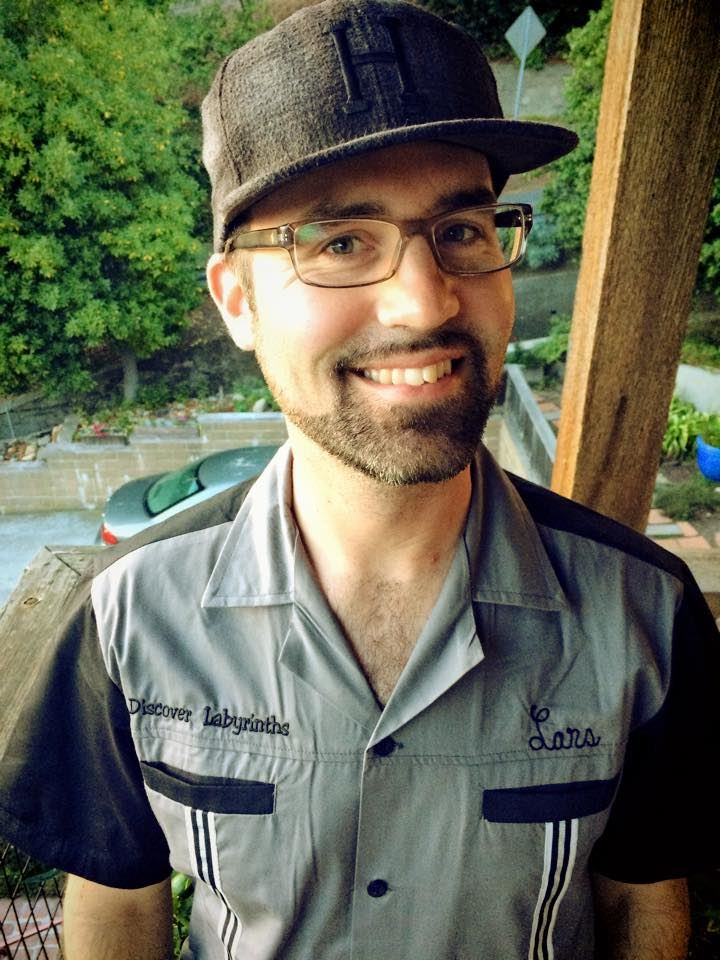
|
What’s the Board Up To?By Twylla Alexander, Board Chair If you’ve read the book or seen the recent movie, The Boys in the Boat, you can visualize an 8-person crew, pulling together as one, as they glide through the water toward the finish line. Change one word in that title, and you’ll have the theme of the Board’s March retreat… “The Board in the Boat.”
| “Our good intentions matter, our daily acts of kindness and compassion matter, love will always be the greater power.” With our strong (yet invisible arms), board members Kristi Archuleta, Brighid Fitzgibbon, Stephanie Reib, Nancy Van Fleet, Leslie Wright, Marilyn Zimmerman, and I, along with Executive Director Dawn Matheny, grasp our oars and aim toward our 2024 financial goal of finishing in the black. One of our primary responsibilities as board members is to make sure that Veriditas is financially sound so the organization can continue to provide the quality programs we have all come to expect. It is particularly important that we focus on budgetary goals this year due to shortfalls in 2023. Overall, non-profits experienced roughly a 20% drop in revenue in the last fiscal year for a variety of reasons… economic concerns, world events, lingering recovery from the pandemic and more. Veriditas is no exception. While we work toward financial stability, all board members are, also, actively involved in one or more committees (executive, finance, fundraising, membership) or initiatives (inclusion/diversity/equity and higher education). Each committee has delineated its goals for 2024, and highlighted the top three on which to focus first. Some of these goals include: streamline internal systems and procedures, broaden scope of fundraising activities including grants, increase board membership, expand programming opportunities, etc. The board welcomes questions, comments and suggestions on how to improve our rowing skills. You can contact us at board@veriditas.org |
“Cultivate the discipline of listening to the sound of the genuine in yourself.” —Rev. Dr. Howard Thurman |
STAFF NEWS
Staff Directory
|
|
“Humans are the creative energy of the universe unfolding. |
FACILITATOR STORIES
Lars Howlett created this labyrinth with facilitator De Acker at UC Merced last year. It’s a 65’ diameter Baltic Wheel. “ The Labyrinth fosters communal activities offering a canvas for group walks, mindfulness sessions and so much more. In the footsteps of one another, we find connection, we forge bonds, and we discover the sense of unity that is the very essence of what our campus was created for.” ~ Student Regent Josiah Beharry Do you have a labyrinth you would like to see us feature in our next eNews? Email a photo and a brief note about it to newsletter@veriditas.org |
RESEARCH ON THE LABYRINTH
Walking the World, togetherOn March 15, 2020 U.S. states, like the rest of the world, began to shut down in the hope of preventing the spread of COVID. In many ways, the world simply stopped. But on April 3, something new started when Lauren Artress led the first of what are now hundreds of Friday Finger Labyrinth Walks. What began as a way to support the labyrinth community and navigate a particularly difficult time, has become the beautiful weekly ritual of a vibrant, welcoming and growing community. What some Friday walk regulars call their “Friday Family.” It’s a family that spans the US from Maine to Hawaii and Alaska to Florida … and at least 20 countries. Every week, one of our presenters offers a free, one-hour program that invites us to consider our lives and situations through the lens of a different theme, walk our handheld labyrinths with music and share our thoughts or simply listen to others. Everyone is welcome. If you haven’t joined a Friday walk yet, what are you waiting for? We switch between two time slots to accommodate all time zones, so be sure to check our schedule on the Veriditas homepage. | Facilitator CornerAre you looking for music or poetry to use for physical or handheld labyrinth walks? Here are a few suggestions from two of our Board members. Album: Celtic Meditation Music, Performer: Áine Minogue Album: Harp of the Healing Light, Performer: Erik Berglund Poetry: Carrie Newcomer poems “Because There Is Not Enough Time” and “Showing Up” from her book, A Permeable Life: Poems and Essays. |
Did You Know?
|
Little Miracles on the Path"Little Miracles" is produced by Linda Mikell. Each month she shares an inspirational story from a labyrinth experience that is sent to her by a facilitator. She welcomes YOUR story. I'm sure you're got one, and we all benefit from this sharing. Thank you, Linda!Please send your story to Linda Mikell at edlinmik@optonline.net |

 New programming is coming. We are reissuing last year’s Direct from Chartres with the addition of three live sessions “reimaging pilgrimage” for our times. A storytelling workshop over three mornings will underscore the importance of story in all parts of our lives. And Reenchanting the Imagination will be offered in California, as it has been offered in Chartres.
New programming is coming. We are reissuing last year’s Direct from Chartres with the addition of three live sessions “reimaging pilgrimage” for our times. A storytelling workshop over three mornings will underscore the importance of story in all parts of our lives. And Reenchanting the Imagination will be offered in California, as it has been offered in Chartres.
 Fifteen years ago, a volunteer accountant from Grace Cathedral was helping Veriditas with bookkeeping and Veriditas was ready to hire someone part-time for the position. Meanwhile, Pamela Cole, who was employed by The Institute for Noetic Sciences part-time, mentioned to the director that she was a bookkeeper. Two weeks later, Pam received a phone call from Dawn Matheny. After an initial interview, Pam was offered the job.
Fifteen years ago, a volunteer accountant from Grace Cathedral was helping Veriditas with bookkeeping and Veriditas was ready to hire someone part-time for the position. Meanwhile, Pamela Cole, who was employed by The Institute for Noetic Sciences part-time, mentioned to the director that she was a bookkeeper. Two weeks later, Pam received a phone call from Dawn Matheny. After an initial interview, Pam was offered the job.  These days, when she’s not at Veriditas, Angelique is busy running her own chocolate company, Angelique’s Unique Treats. She describes herself as curious and someone who enjoys helping people. And apparently she also enjoys helping dogs as Angelique currently volunteers at Canine Companions, an organization that trains service dogs, and Lily’s Senior Dog Sanctuary, where dogs that weigh more than fifty pounds and are at least seven-years-old are cared for and loved.
These days, when she’s not at Veriditas, Angelique is busy running her own chocolate company, Angelique’s Unique Treats. She describes herself as curious and someone who enjoys helping people. And apparently she also enjoys helping dogs as Angelique currently volunteers at Canine Companions, an organization that trains service dogs, and Lily’s Senior Dog Sanctuary, where dogs that weigh more than fifty pounds and are at least seven-years-old are cared for and loved.











